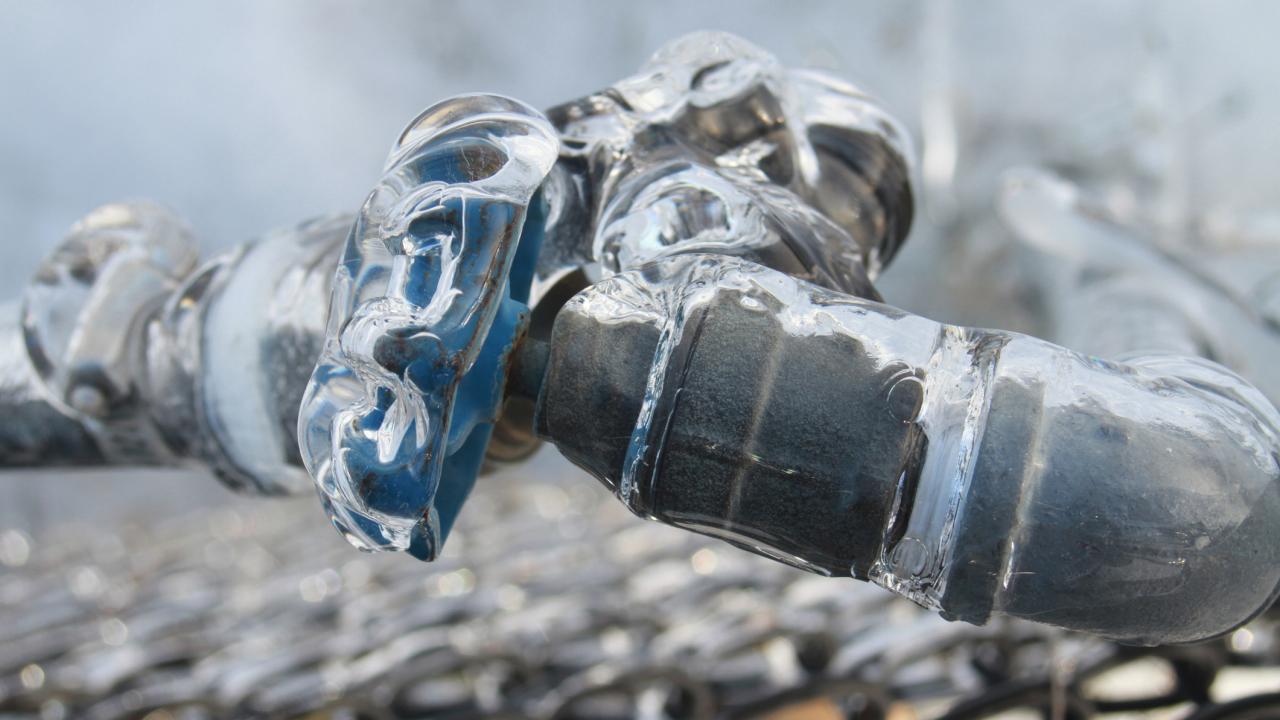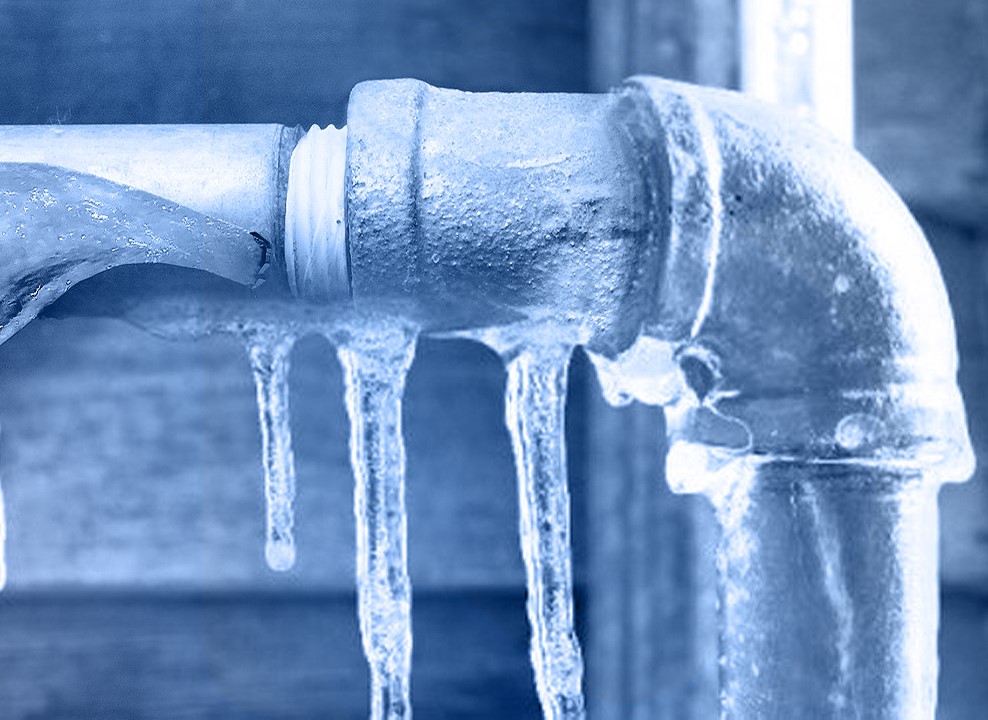How to Avoid Frozen Plumbing in Winter: Pro Advice
How to Avoid Frozen Plumbing in Winter: Pro Advice
Blog Article
Are you currently searching for ideas on Prevent Frozen Pipes ?

Winter can wreak havoc on your plumbing, particularly by freezing pipes. Below's just how to avoid it from happening and what to do if it does.
Introduction
As temperature levels decline, the risk of frozen pipes rises, potentially bring about expensive repair services and water damages. Recognizing just how to prevent icy pipes is crucial for house owners in cold climates.
Recognizing Icy Pipelines
What causes pipelines to freeze?
Pipelines ice up when subjected to temperature levels listed below 32 ° F (0 ° C) for extended periods. As water inside the pipes freezes, it expands, putting pressure on the pipeline walls and possibly causing them to burst.
Dangers and damages
Frozen pipes can cause water supply disruptions, building damage, and expensive fixings. Ruptured pipelines can flood homes and trigger extensive architectural damage.
Indicators of Frozen Pipeline
Recognizing frozen pipes early can avoid them from rupturing.
Just how to determine frozen pipelines
Seek lowered water flow from taps, unusual odors or sounds from pipelines, and visible frost on exposed pipelines.
Prevention Tips
Insulating at risk pipes
Wrap pipes in insulation sleeves or utilize warm tape to shield them from freezing temperature levels. Focus on pipelines in unheated or exterior areas of the home.
Home heating methods
Maintain indoor rooms properly warmed, particularly locations with plumbing. Open closet doors to allow warm air to flow around pipes under sinks.
Safeguarding Exterior Pipes
Garden hoses and outside faucets
Disconnect and drain pipes yard hoses before wintertime. Mount frost-proof spigots or cover outdoor faucets with insulated caps.
What to Do If Your Pipes Freeze
Immediate actions to take
If you believe frozen pipes, keep taps available to eliminate stress as the ice thaws. Make use of a hairdryer or towels soaked in hot water to thaw pipelines gradually.
Long-Term Solutions
Structural modifications
Think about rerouting pipelines away from exterior wall surfaces or unheated locations. Add added insulation to attics, basements, and crawl spaces.
Upgrading insulation
Purchase top quality insulation for pipes, attic rooms, and walls. Appropriate insulation helps preserve constant temperature levels and lowers the risk of icy pipelines.
Verdict
Preventing frozen pipes calls for aggressive procedures and fast reactions. By understanding the reasons, indicators, and preventive measures, property owners can protect their pipes throughout cold weather.
5 Ways to Prevent Frozen Pipes
Drain Outdoor Faucets and Disconnect Hoses
First, close the shut-off valve that controls the flow of water in the pipe to your outdoor faucet. Then, head outside to disconnect and drain your hose and open the outdoor faucet to allow the water to completely drain out of the line. Turn off the faucet when done. Finally, head back to the shut-off valve and drain the remaining water inside the pipe into a bucket or container. Additionally, if you have a home irrigation system, you should consider hiring an expert to clear the system of water each year.
Insulate Pipes
One of the best and most cost-effective methods for preventing frozen water pipes is to wrap your pipes with insulation. This is especially important for areas in your home that aren’t exposed to heat, such as an attic. We suggest using foam sleeves, which can typically be found at your local hardware store.
Keep Heat Running at 65
Your pipes are located inside your walls, and the temperature there is much colder than the rest of the house. To prevent your pipes from freezing, The Insurance Information Institute suggests that you keep your home heated to at least 65 degrees, even when traveling. You may want to invest in smart devices that can keep an eye on the temperature in your home while you’re away.
Leave Water Dripping
Moving water — even a small trickle — can prevent ice from forming inside your pipes. When freezing temps are imminent, start a drip of water from all faucets that serve exposed pipes. Leaving a few faucets running will also help relieve pressure inside the pipes and help prevent a rupture if the water inside freezes.
Open Cupboard Doors
Warm your kitchen and bathroom pipes by opening cupboards and vanities. You should also leave your interior doors ajar to help warm air circulate evenly throughout your home.

I am very interested in 6 Ways to Prevent Frozen Pipes and I really hope you appreciated our post. If you enjoyed our blog posting please make sure you remember to share it. Thanks for your time. Kindly come by our website back soon.
Schedule Today Report this page